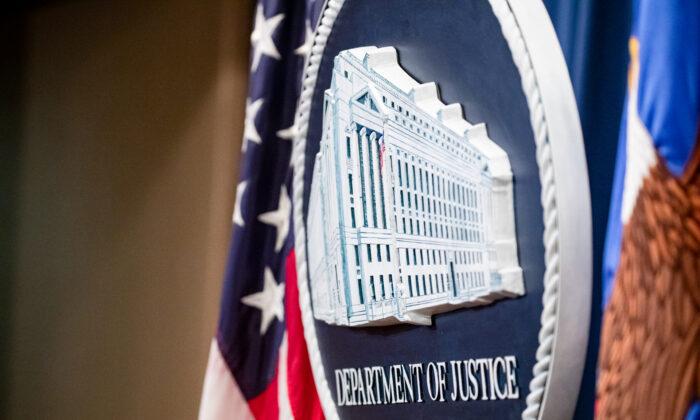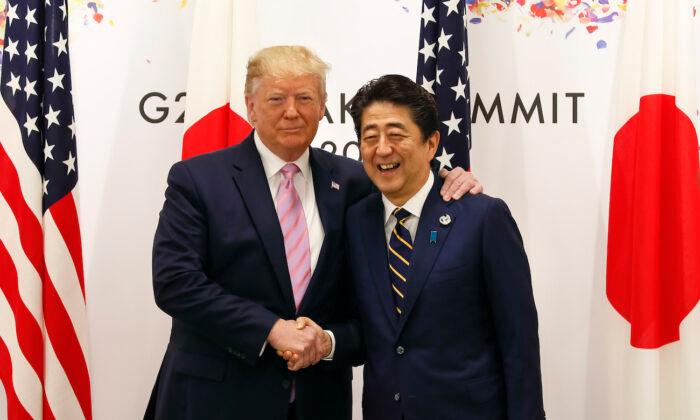This theory comes as the Chinese communist regime has intensified its effort to change the status quo of the Taiwan Strait by sending increased warplanes to swarm around Taiwan and repeatedly intrude Taiwan’s air defense identification zone (ADIZ).
Military Invasion: a Sure Choice for Beijing
When asked if the Chinese communist regime would launch a comprehensive military attack on Taiwan, DeVore’s answer was clear: yes.“Taiwan’s democracy and rule of law is the greatest existential threat to the Chinese Communist Party [CCP] as its very existence shows that democratic self-governance is not an alien concept to the Chinese people (assuming the CCP’s claim that Taiwan belongs to China),” he explained.
Further, Xi’s heavy hand might be engendering opposition because China has a long history of violent upheaval and the CCP’s grip on China is brittle, even though the Chinese nation is powerful, the expert noted.
As to how soon the island-occupying military attack would be, he warned it “could come any year, but especially in the months of April and October as they are the best months for cross straits operations.”
U.S. Adm. John Aquilino also expressed during a hearing over his nomination to become commander of the U.S. Indo-Pacific Command on March 23 that “Taiwan is facing a more imminent threat from a possible Chinese invasion than most people realize.”
When it comes to whether Chinese leader Xi Jinping would succeed in taking over Taiwan by force, DeVore replied that “he might,” depending on “how effectively the Taiwanese fight for the first 5 days and whether they are able to broadcast their determined resistance to the Taiwanese people, Japan, the United States, Australia, and other nations, and even to the Chinese people themselves.”
DeVore believed that every day that Taiwan holds out is a day that additional nations may decide to assist in some fashion, including the United States and Japan. Since it will be difficult for China to expand and maintain its forces on Taiwan, it must deter Japan and the United States by threatening massive nuclear retaliation targeting their major cities, say, Tokyo, he assessed. And, if such deterrence fails, Beijing may destroy significant portions of the U.S. and Japanese fleet sent to intervene, he continued.
At the same time, the expert was worried about Taiwan’s reservists, who receive about only 8 percent of the annual training their U.S. Army counterparts today. He said that by 2024, even if Taiwan’s program to increase training is implemented, they will only train about 36 percent as much as do American reservists.
Taiwanese Army National Guard (TANG): a Linchpin for the Crisis
According to DeVore’s theory, the TANG soldiers would self-report without orders in the event of a surprise attack.“Units would be equipped as infantry taskforces with rifles, mortars, antitank missiles, antiaircraft missiles, UAVs, communications gear (including the ability to upload live feeds via satellite), and older armored vehicles,” he detailed the force.
The expert expressed optimism about the future of the plan in the Federalist article.
“Even if half these units were to successfully mobilize and take up defensive positions, it would greatly complicate the goal of the People’s Liberation Army to rapidly defeat Taiwan’s active army after a successful amphibious and airborne assault,” he predicted. “As a conflict progressed, these local units could be aggregated into larger maneuver units, either as part of the Taiwan Guard or active-duty elements.”
In the interview, DeVore pointed out that the TANG does not have to be exactly the scaled-down version of the U.S. National Guard. With an emphasis on local defense, they will not have to fight overseas. Nor will they have to train as extensively on maneuver warfare as their U.S. counterparts.
To set up such a force in Taiwan, DeVore cited three major steps.
Step 1: Get serious about training the National Guard, not only as individual soldiers, but as cohesive units from the platoon (about 40 personnel) to the brigade level (about 3,000 personnel).
Step 2: Integrate the TANG into warfighting plans with a particular emphasis on holding key terrain and vital infrastructure. And,
Step 3: Fund to allow the TANG to train at least one weekend per month and 15 days during an annual training period.
Additionally, DeVore mentioned the TANG plan is financially feasible with costs considerably lower than the active force. “It is generally calculated that the Army Reserve components (National Guard and Reserve) cost about 1/8th of the cost of the active force, when on reserve status,” said the expert.





